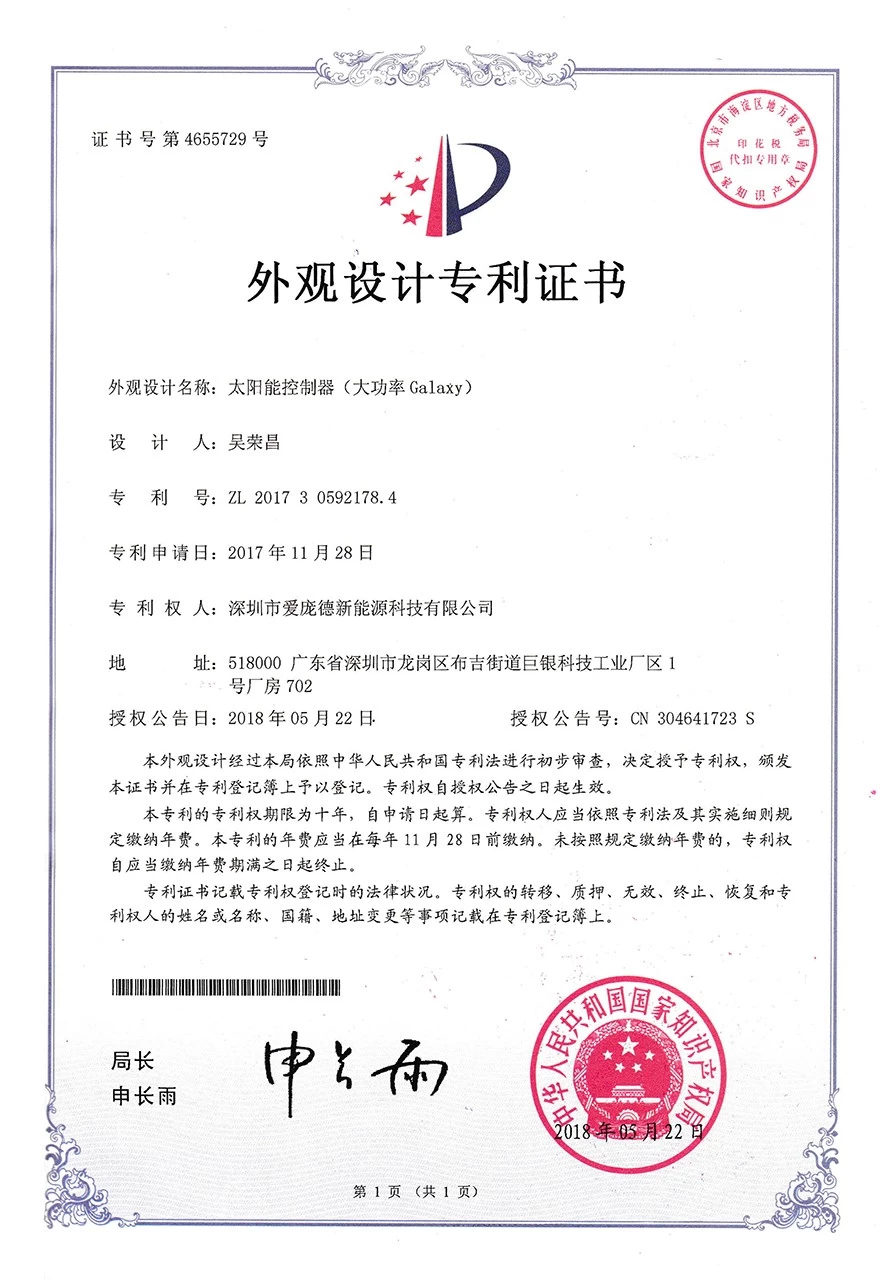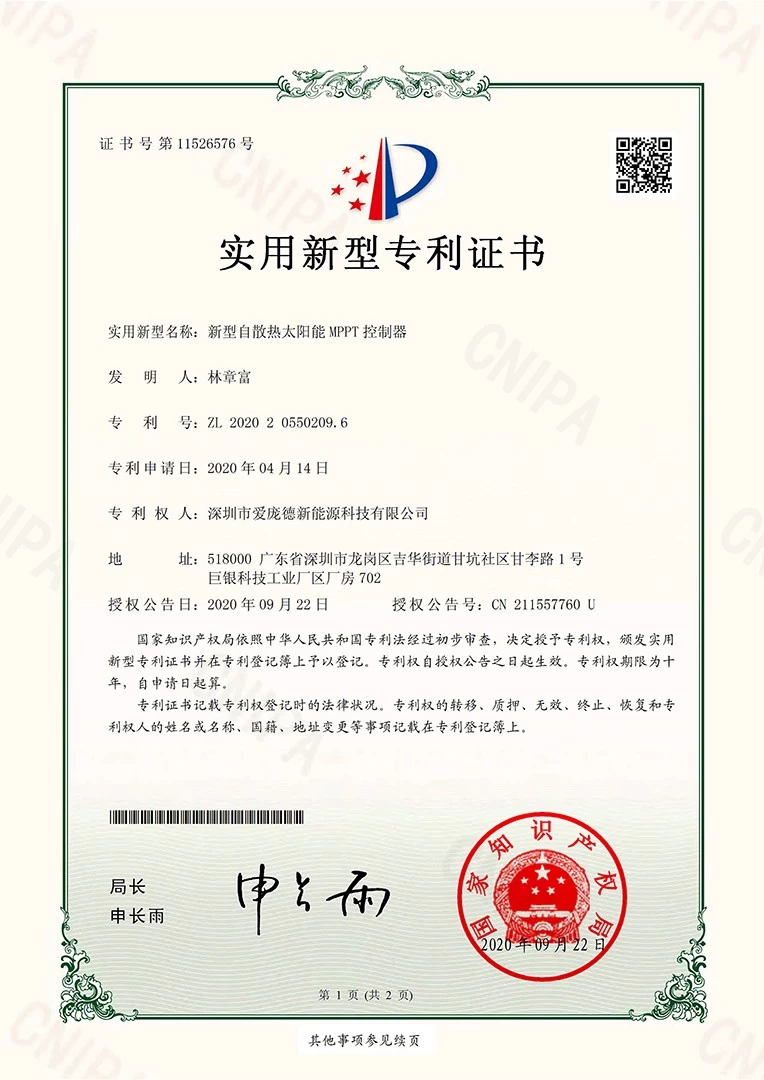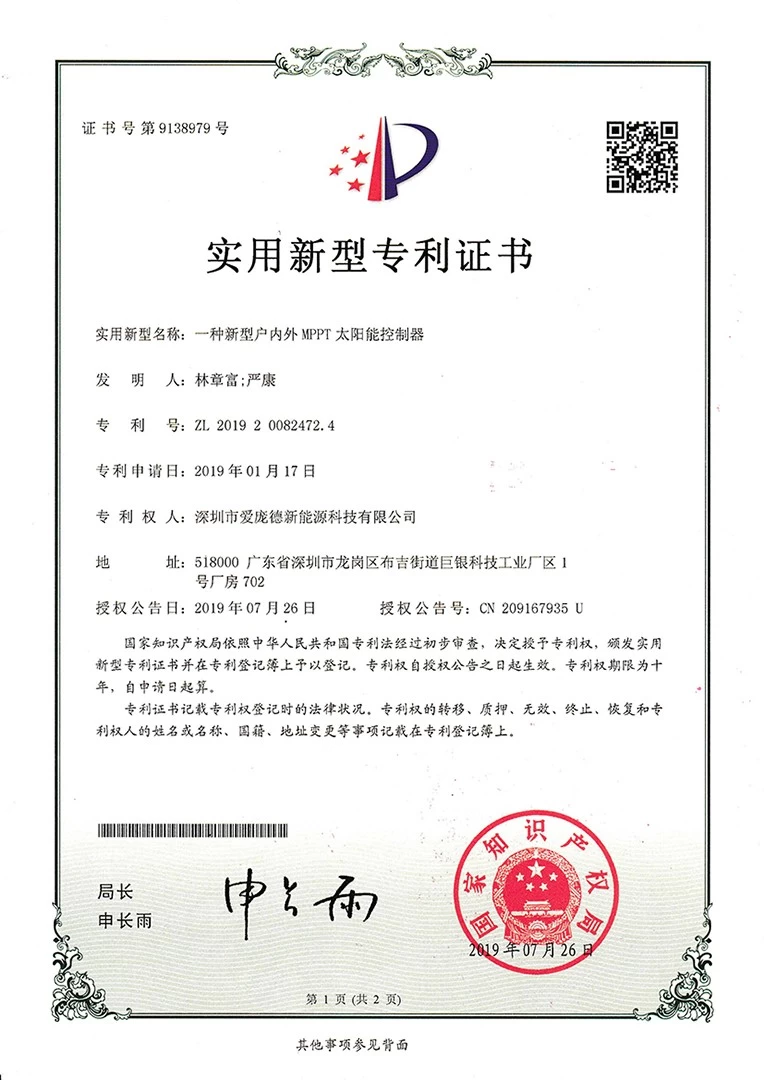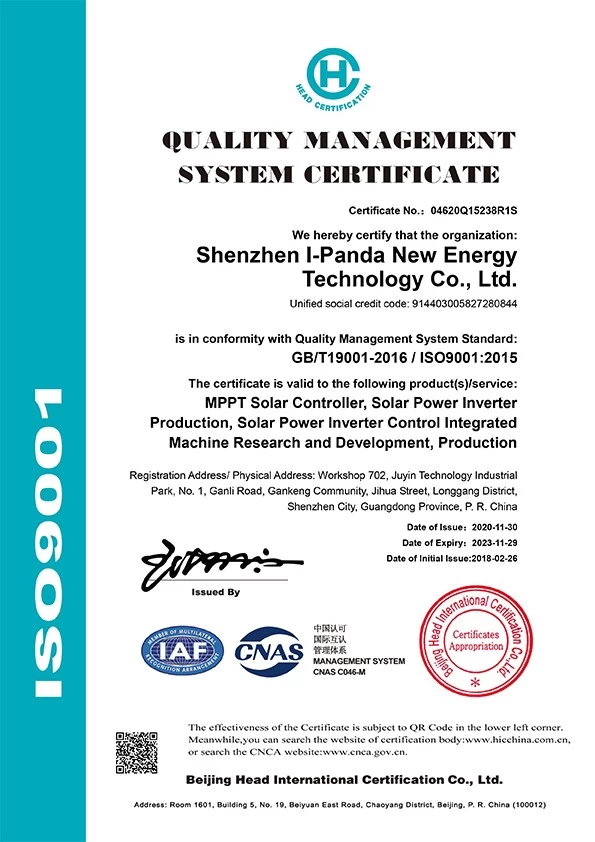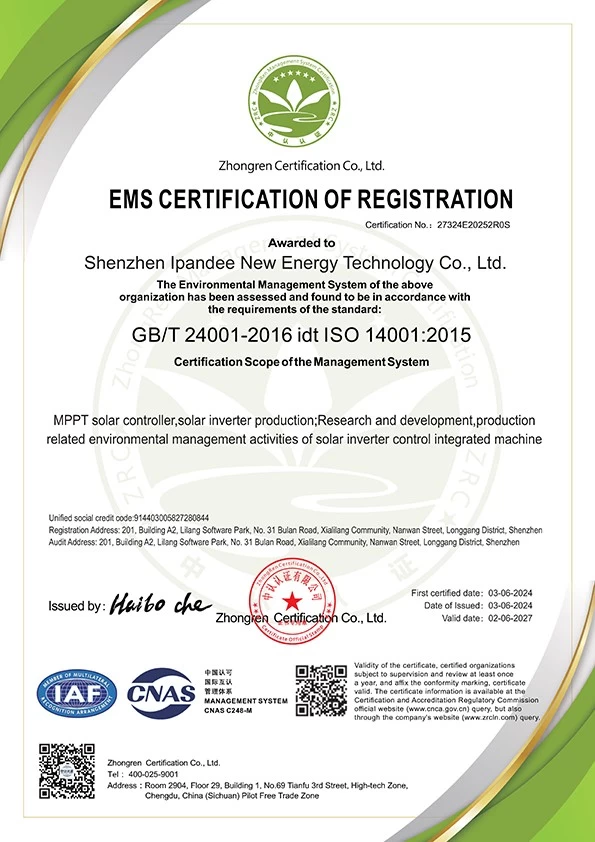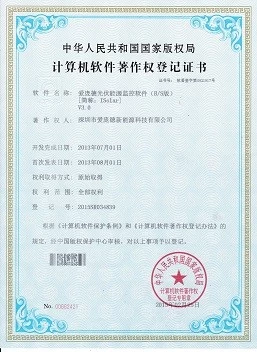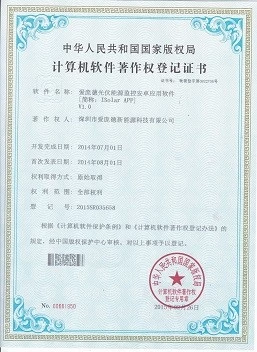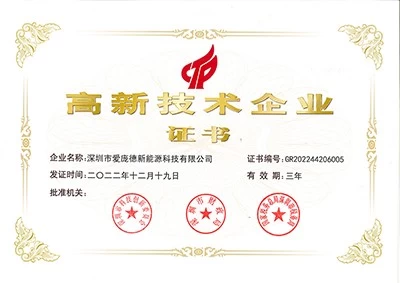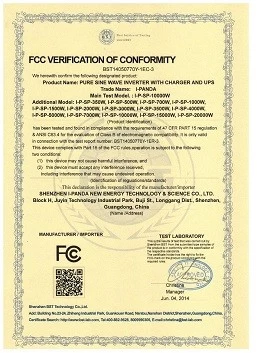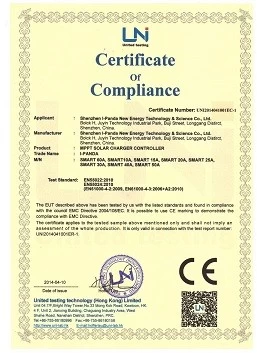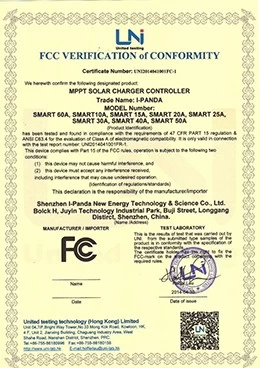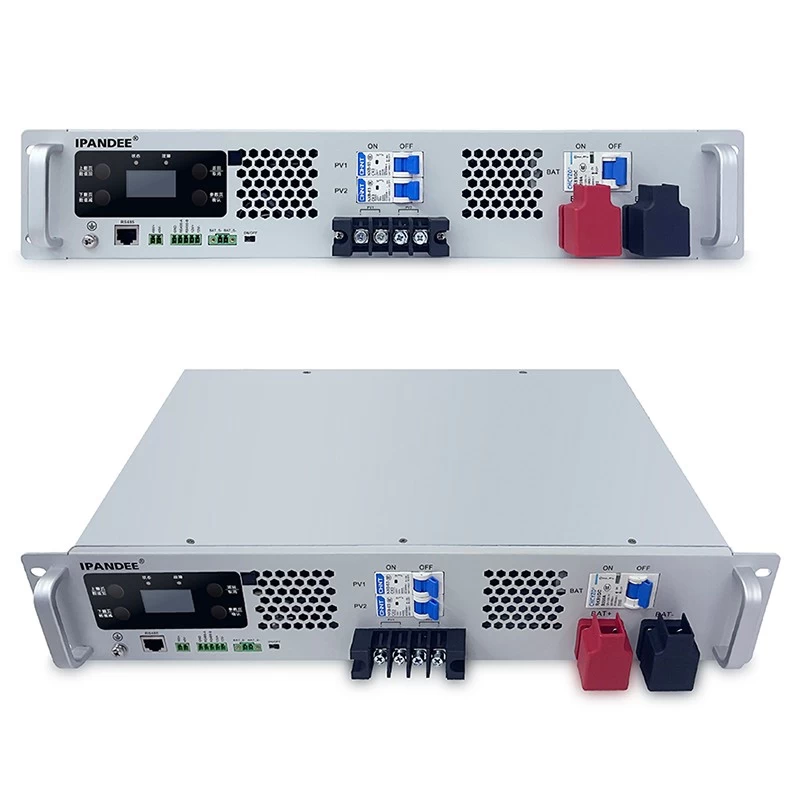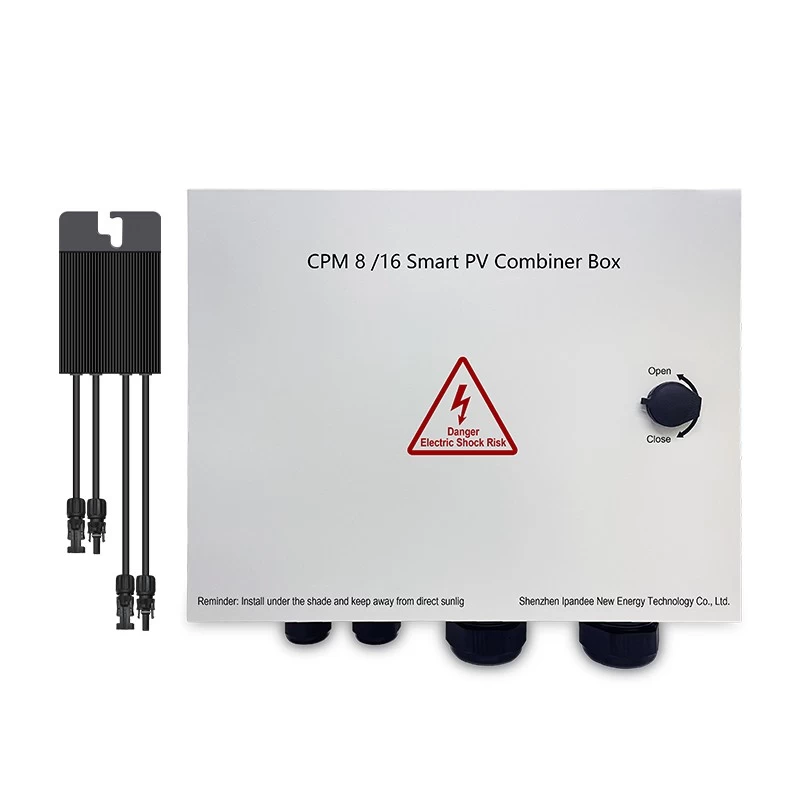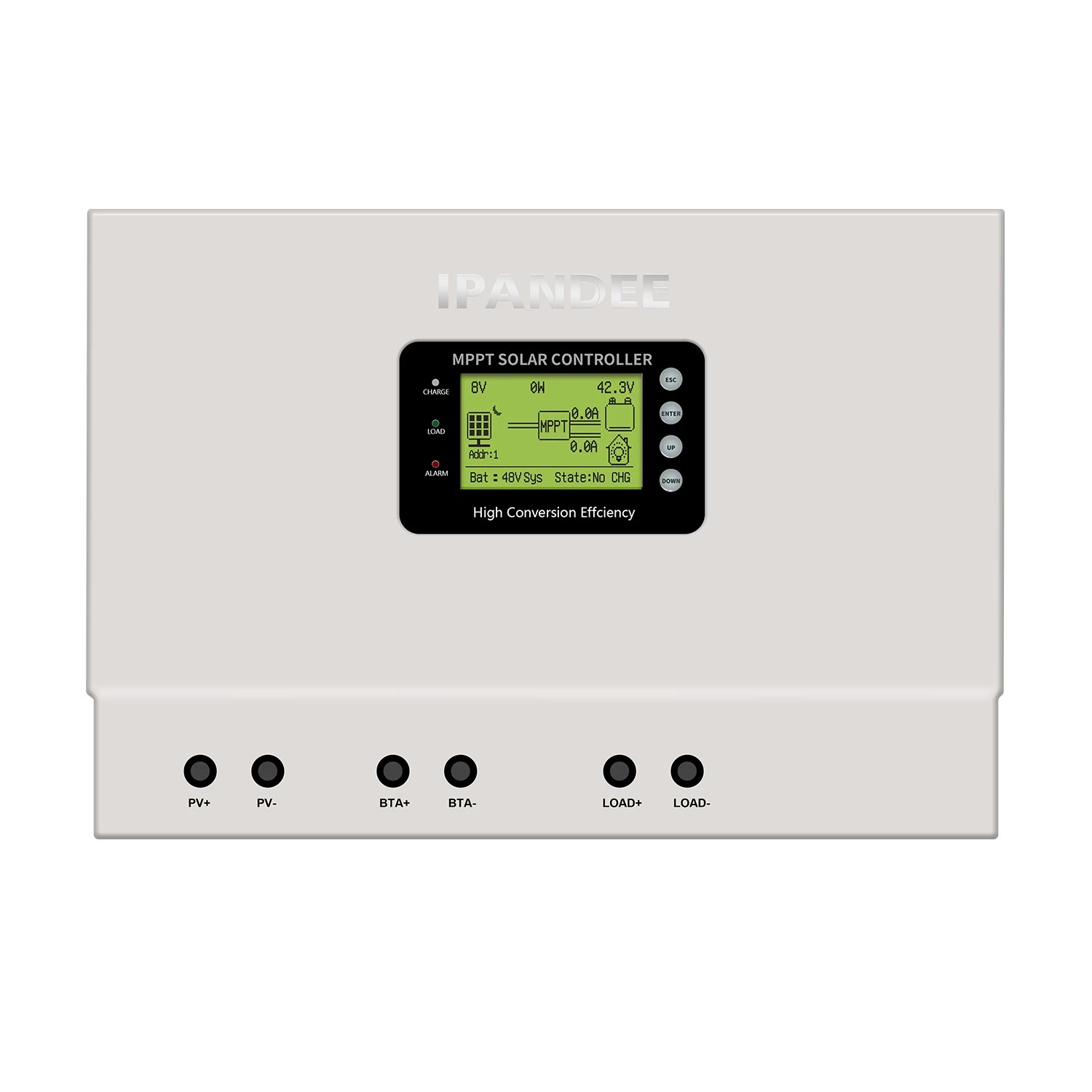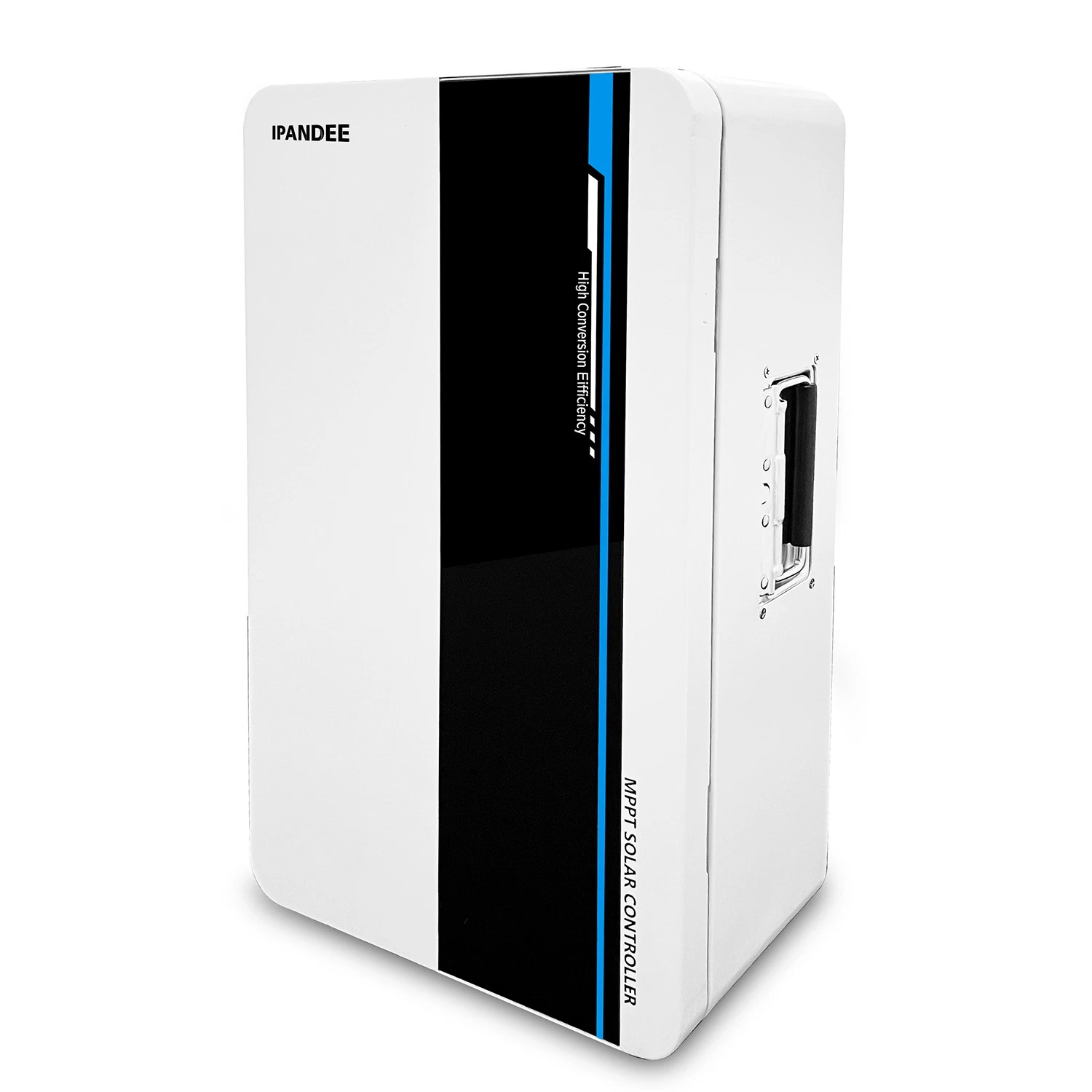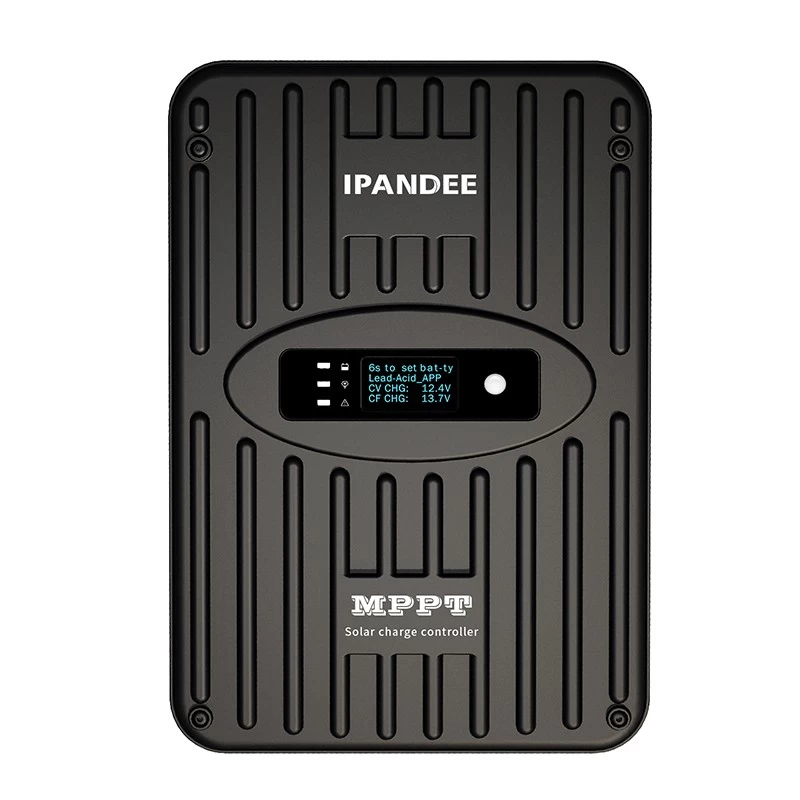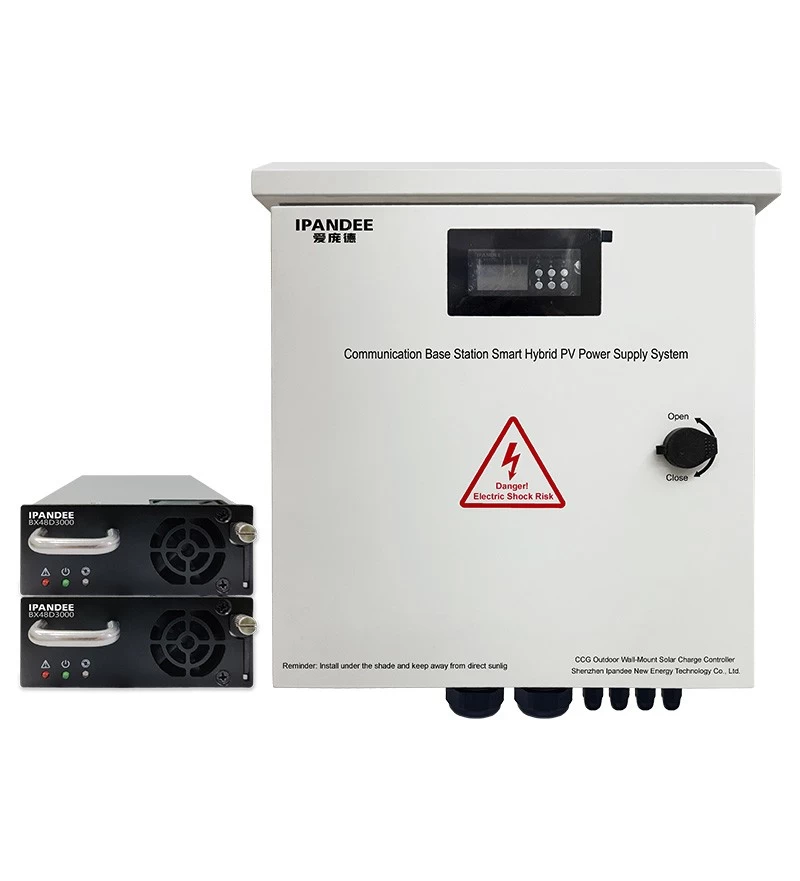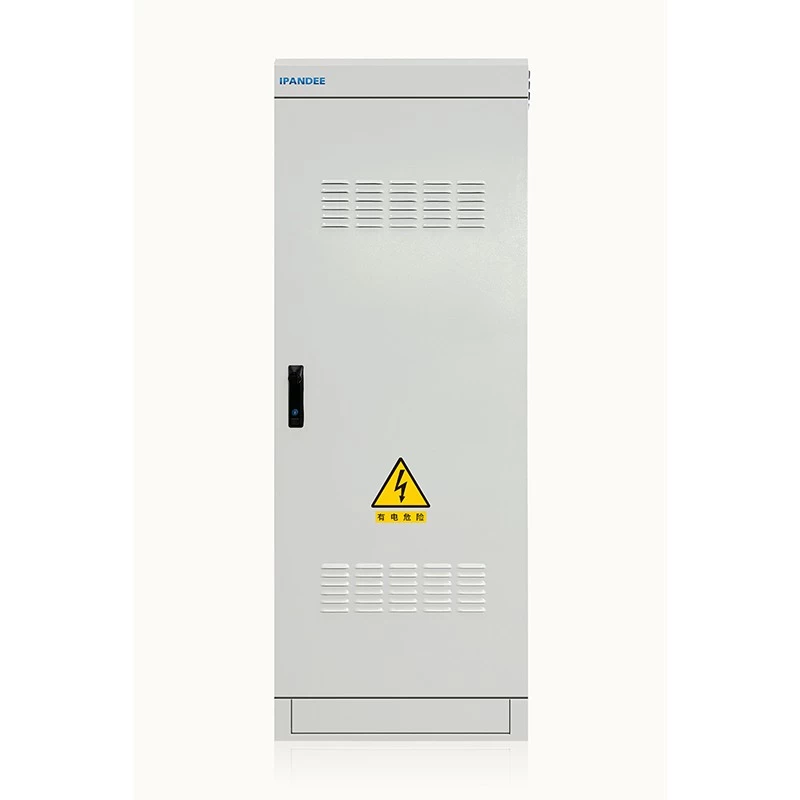Frequently asked questions when debugging off-grid systems
1InverterLCD does not display 01
Failure analysis
Without the battery DC input, the inverter LCD power supply is powered by the battery.
02 possible causes
(1) The battery voltage is not enough. When the battery is just shipped from the factory, it is usually fully charged, but if the battery is not used for a long time, it will be slowly discharged (self-discharge). Off-grid system voltages are 12V, 24V, 48V, 96V, etc. Some applications require multiple batteries in series to meet the system voltage. If the connection cable is not done well, the battery voltage will be insufficient.
(2) The battery terminals are reversed. The battery terminals have positive and negative poles, generally red for the positive pole and black for the negative pole.
(3) The DC switch is not closed or the switch is faulty.
03
Solution
(1) If the battery voltage is not enough, the system can't work, the solar energy can't charge the battery, go to another place to charge the battery to more than 30%.
(2) If it is a problem with the line, measure the voltage of each battery with a multimeter voltage file. When the voltage is normal, the total voltage is the sum of the battery voltages. If there is no voltage, check whether the DC switch, terminal block, cable connector, etc. are normal.
(3) If the battery voltage is normal, the wiring is normal, the switch is also turned on, and the inverter is still not displayed, it may be that the inverter has failed, and the manufacturer should be notified for maintenance.
2 battery can not be charged
01 failure analysis
BatteryIt is charged by PV modules and controllers, or by mains and controllers.
02 possible causes
(1) Component reasons: The component voltage is not enough, the sunlight is low, and the components and DC cable are not well wired.
(2) The battery circuit wiring is not good.
(3) The battery is fully charged and reaches the highest voltage.
03 solution
(1) Check whether the DC switch, terminal block, cable connector, component, battery, etc. are normal. If there are multiple components, separate the tests separately.
(2) When the battery reaches full charge, it can't be recharged, but the voltage is different when different batteries are fully charged. For example, the battery with rated voltage is 12V. When the battery is fully charged, the voltage is between 12.8~13.5V. The specific gravity of the electrolyte when the battery is fully charged. The maximum pressure limit should be adjusted according to the model of the battery.
(3) Input overcurrent: The charging current of the battery is generally 0.1C-0.2C, and the maximum does not exceed 0.3C. For example, a lead-acid battery 12V200AH, the charging current is generally between 20A and 40A, and the maximum cannot exceed 60A. The component power is matched to the controller power.
(4) Input overvoltage: The input voltage of the component is too high, check the voltage of the panel. If it is high, the possible reason is that the number of strings in the panel is too large, and the number of strings in the panel is reduced.
3 inverter shows overload or can not start 01
Failure analysis
The load power is greater than the inverter or battery power.
02 possible causes
(1) Inverter overload: The inverter overload exceeds the time range, the load power exceeds the maximum value, and the load is adjusted.
(2) Battery overload: The discharge current is generally 0.2C-0.3C, the maximum is not more than 0.5C, and the 1V 12V200AH lead-acid battery has a maximum output power of 2400W. Different manufacturers and different models have different specific values. .
(3) The load is a load such as an elevator that cannot be directly connected to the output of the inverter. Because the motor is reversed when the elevator is descending, a back electromotive force is generated. When the inverter enters the inverter, the inverter is damaged. If an off-grid system is necessary, it is recommended to add a frequency converter between the inverter and the elevator motor.
(4) Inductive load starting power is too large.
03 solution
The rated power of the load is lower than the inverter power, and the peak power of the load cannot be greater than 1.5 times the rated power of the inverter.
Battery FAQ
1 short circuit phenomenon and cause
The short circuit of the lead-acid battery refers to the connection of the positive and negative electrodes inside the lead-acid battery. The short circuit phenomenon of lead-acid batteries is mainly manifested in the following aspects:
The open circuit voltage is low and the closed circuit voltage (discharge) quickly reaches the termination voltage. When a large current is discharged, the terminal voltage drops rapidly to zero. When the circuit is open, the electrolyte density is very low, and the electrolyte may freeze in a low temperature environment. When charging, the voltage rises very slowly and remains low (sometimes reduced to zero). When charging, the temperature of the electrolyte rises very quickly. When charging, the electrolyte density rises slowly or almost unchanged. Do not take bubbles or gas when charging.
The main reasons for the internal short circuit of lead-acid batteries are as follows:
The separator is of poor quality or defect, so that the active material of the plate passes through, causing the positive and negative plates to be in virtual contact or in direct contact. The separator is clamped to cause the positive and negative plates to be connected. The active material on the plate expands and falls off, and the active material is deposited too much, so that the lower edge or the side edge of the positive and negative plates are in contact with the deposits, causing the positive and negative plates to be connected. The conductive object falls into the battery, causing the positive and negative plates to be connected.
2 plate sulfation phenomenon and causes
The plate sulphation system produces white hard lead sulphate crystals on the plates, which are very difficult to convert into active substances of lead sulphate when charged. There are several main phenomena after the sulphation of lead-acid battery plates:
(1) The lead battery rises rapidly during the charging process, and its initial and final voltages are too high, and the final charging voltage can reach 2.90V/single cell.
(2) During the discharge process, the voltage drops rapidly, that is, it drops to the termination voltage too early, so its capacity is significantly lower than other batteries.
(3)ChargingAt the time, the temperature of the electrolyte rises rapidly and easily exceeds 45 °C.
(4) At the time of charging, the density of the electrolyte is lower than the normal value, and bubbles are generated prematurely during charging.
There are several reasons for causing plate sulfation:
(1) The initial charge of the lead storage battery is insufficient or the initial charge interruption time is long.
(2) The lead battery is not fully charged for a long time.
(3) Failure to charge in time after discharge.
(4) Frequent over-discharge or low-current deep discharge.
(5) If the electrolyte density is too high or the temperature is too high, lead sulfate will be deeply formed and difficult to recover.
(6) Lead-acid batteries have a long shelf life and are not used for a long time without regular charging.
Disclaimer: The content is partly from the internet. In order to pass on more information, it does not mean agreeing to its views or confirming its description. Article content is for reference only. If there is any infringement, please contact in time.





